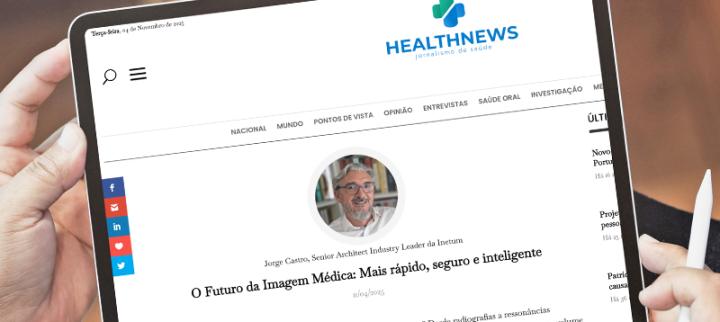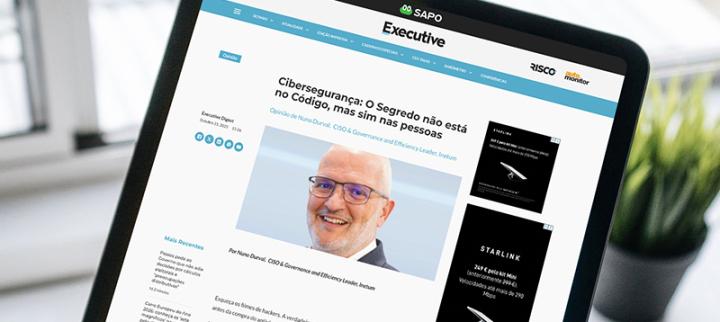How to Integrate AI into the Workplace: this Innovative Model is Gaining Ground in Europe
How to Integrate AI into the Workplace: this Innovative Model is Gaining Ground in Europe
Customer Success Stories
Centralized or decentralized: to deploy generative artificial intelligence on a large scale, companies need to choose, or opt for a hybrid approach.
Creation date :
More than two years after the advent of ChatGPT, the question for managers is no longer whether to integrate artificial intelligence into the company, but how to structure its deployment to create concrete value. For many organizations, the gap between the promise of increased productivity and the reality on the ground remains considerable.
In its white paper “How to scale GenAI”, which questioned some 30 decision-makers in Belgium, France and Spain, Inetum identified three distinct operational models. Each has its advantages and disadvantages in terms of speed of execution and governance.
Three models : Three philosophies
The centralized model concentrates technological expertise and keeps costs down, but generates a risk of "shadow AI": business teams, frustrated by the slowness of central services, use tools not authorized by their CIO, such as ChatGPT, Claude or Perplexity.
Conversely, the decentralized model favors verticalization and shortens time-to-market. But this approach multiplies the risk of duplication between departments that don't communicate.
The federated model combines the advantages of both: local data management by GenAI teams and a center of excellence to centralize best practices. A winning approach, thanks to its balance between autonomy and coordination.
Why Integrate AI into the Enterprise with the Federated Model?
In France, the majority of participants in Inetum's workshops agree on the relevance of the federated model. "The most pragmatic and virtuous, with a center of excellence that centralizes best practices while allowing business units the initiative to not stifle creativity," shared by an energy sector representative.
This approach addresses the contradictory requirements of organizations: maintaining rigorous governance while preserving the agility of operational teams. The center of excellence prevents duplication of efforts, while local autonomy fosters innovation.
Air Liquide Medical Systems perfectly exemplifies this philosophy. Lionel Genix, its general manager, explained: “The Air Liquide group defines the rules while leaving a certain autonomy to subsidiaries to carry out projects specific to their needs. If we were completely centralized, we would be penalized by the delays in obtaining services.”
The Essential Cross-Cutting Issues
Whatever model is chosen, three key considerations are essential for all companies: security, environment, and compliance.
Security and sovereignty are non-negotiable priorities. GenAI works with sensitive data, and security breaches can have serious consequences.
Environmental impact is an ever-increasing concern. Training and using large language models consume significant energy. Many researchers are working on the concept of frugal AI. "I hope the process will slow down slightly due to awareness of energy consumption," said Bruno Prévost from Thales.
Lastly, regulatory compliance adds complexity to the equation. Between GDPR, the AI Act, and other legal requirements, companies must navigate a dense legal environment. AG2R La Mondiale has implemented: "a governance committee bringing together compliance, legal, and the Chief Information Security Officer to filter use cases," explained Stéphane Lapierre.
In the face of these challenges, it is essential to develop clear charters and action plans while choosing reliable partners. Another solution is to avoid reliance on American tech giants and prioritize local, open, and open-source models. By hosting their own AI on local servers, companies ensure better control over their data, reduce dependence, and manage the energy consumption of their models more effectively.
Download the “GenAI at Scale” White Paper
Contact : Olivier Serfaty


